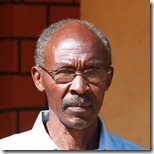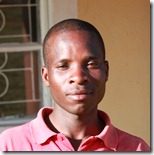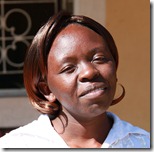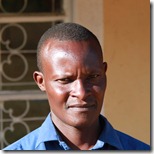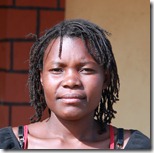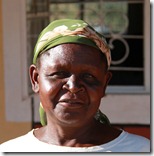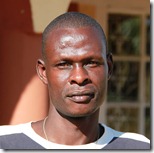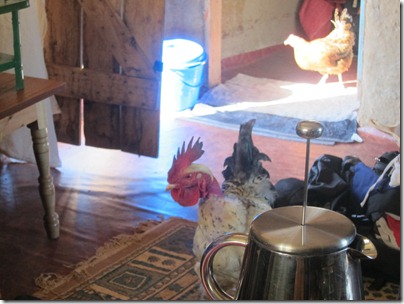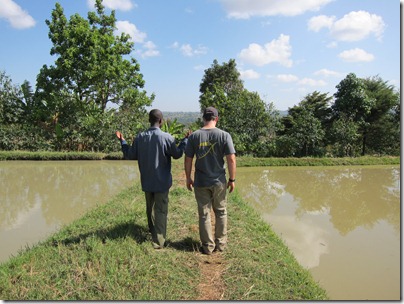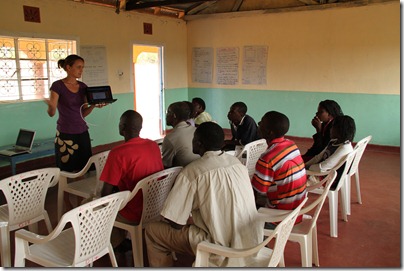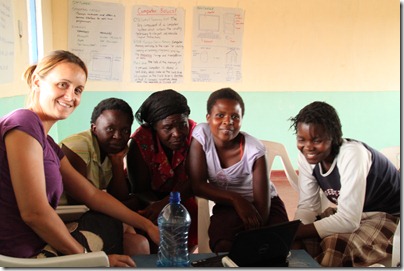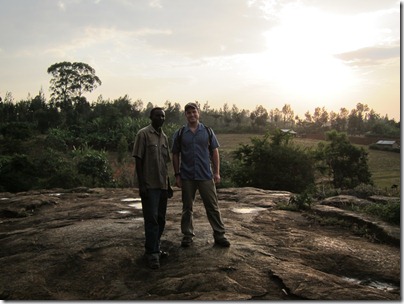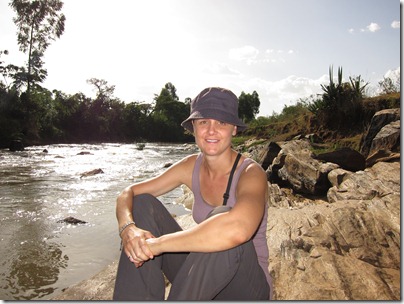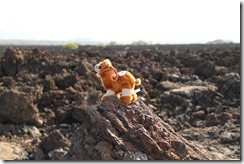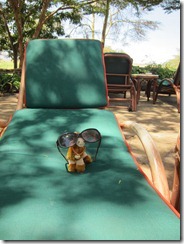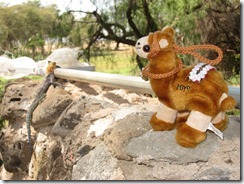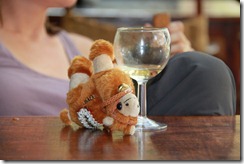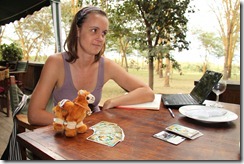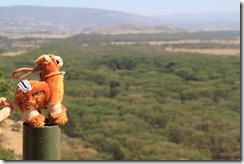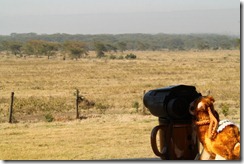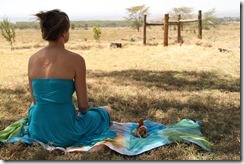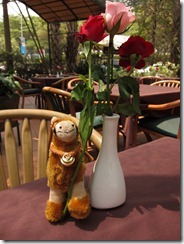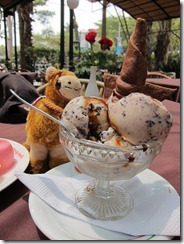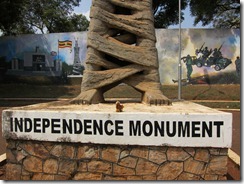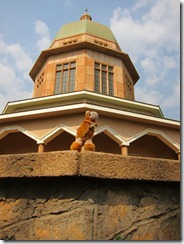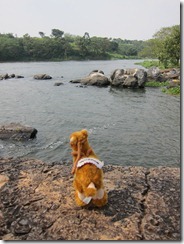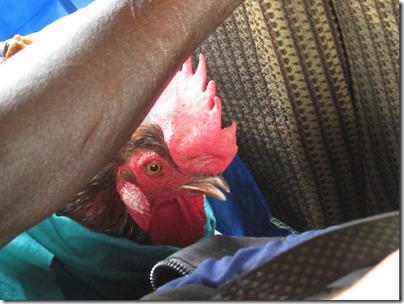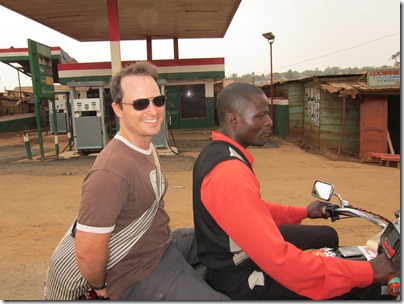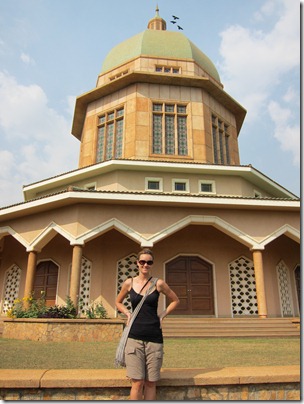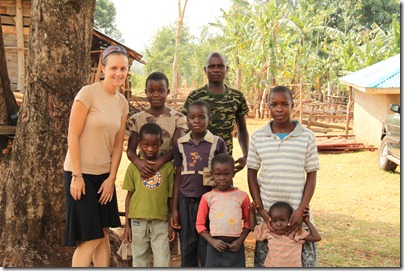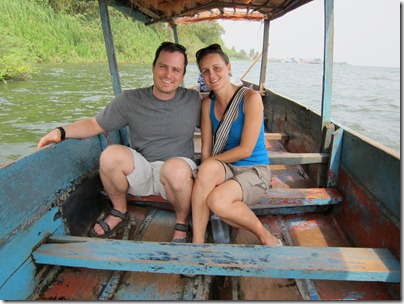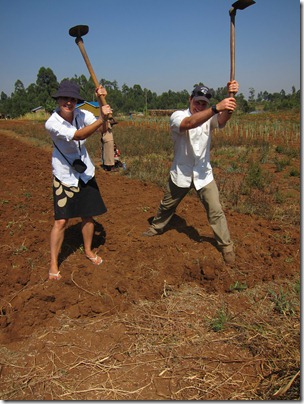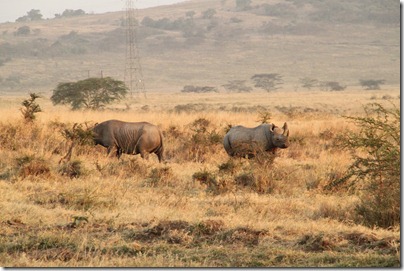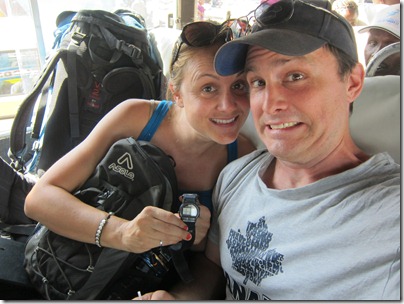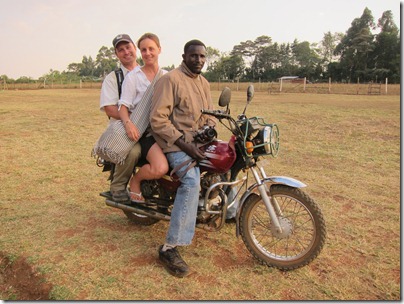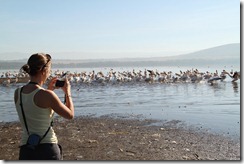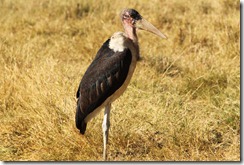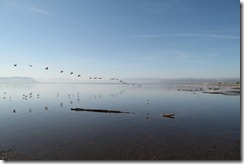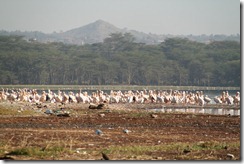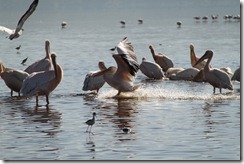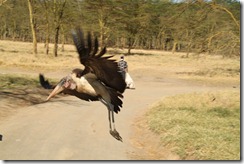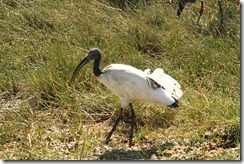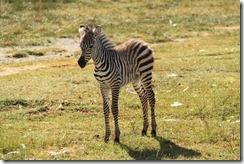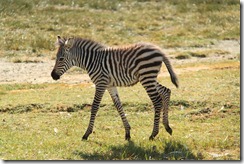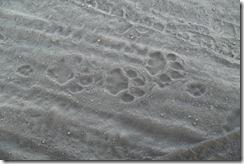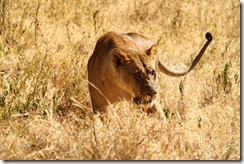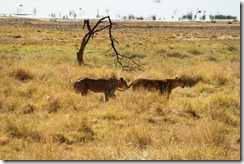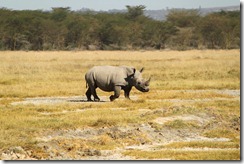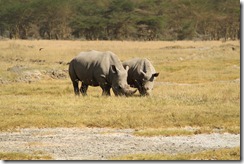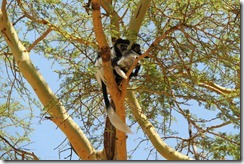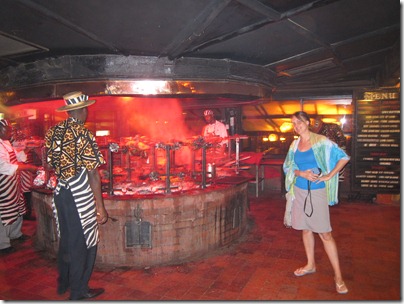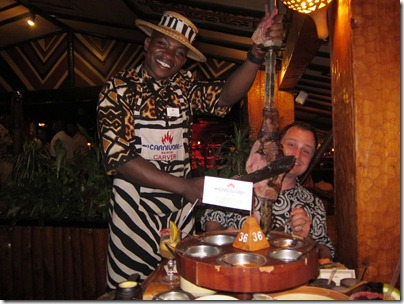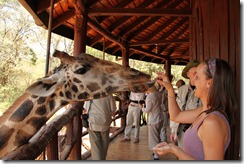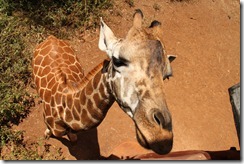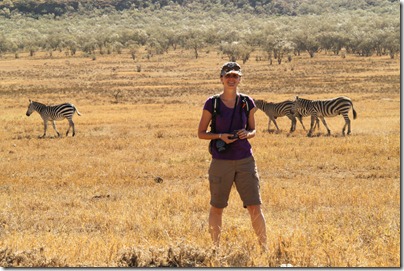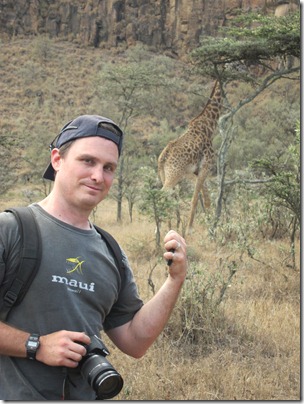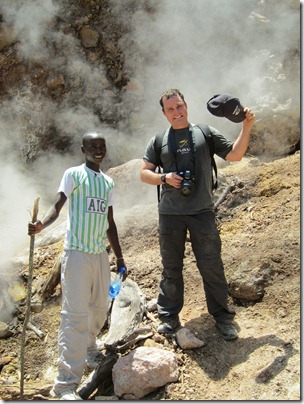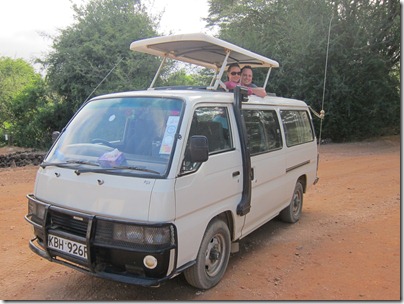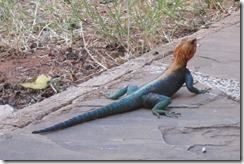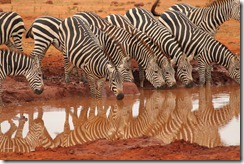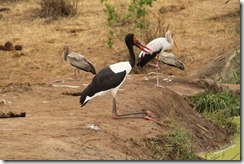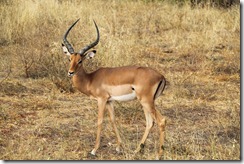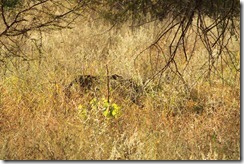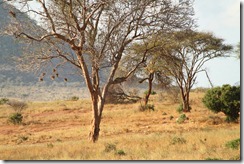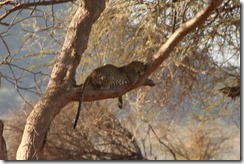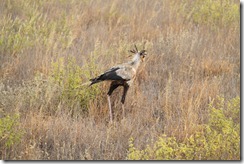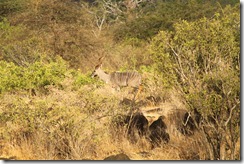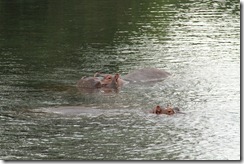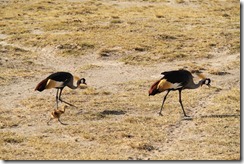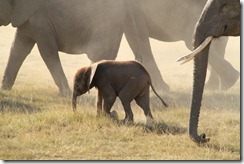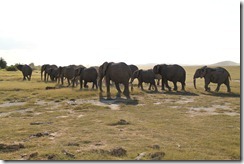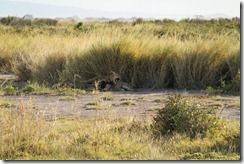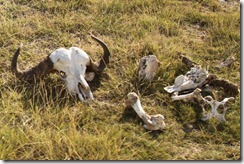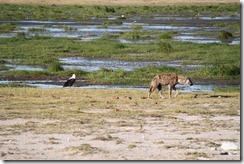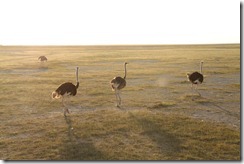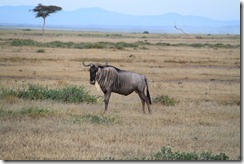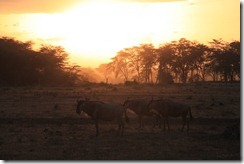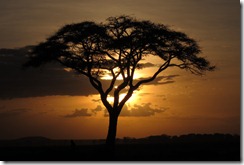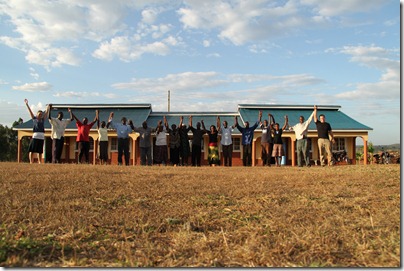 I had this idea a couple of weeks ago that we could talk to some of the farmers taking the classes at the resource centre and post a few short biographies about what they had on their farm, how the centre has helped them, etc. I kind of figured it would be a fun way to share a little bit of information about what’s going on at the centre from the perspective of the people who are directly benefitting. So I geared up to take some notes, a few pictures, and put together a short blog about it.
I had this idea a couple of weeks ago that we could talk to some of the farmers taking the classes at the resource centre and post a few short biographies about what they had on their farm, how the centre has helped them, etc. I kind of figured it would be a fun way to share a little bit of information about what’s going on at the centre from the perspective of the people who are directly benefitting. So I geared up to take some notes, a few pictures, and put together a short blog about it.
I was totally unprepared for what happened.
The response was overwhelming. The students were ecstatic to have a forum to tell their stories and tell the world about the great work that the Luari Community Resource Centre is doing form themselves and for the community. My idea for a short blog with a few notes about local farms grew into a full afternoon of interviews and discussions. These people have stories and they want you to hear them.
CMC Chairman
“In my 5 year vision, if I will be in good health, I am trusting that I shall be more active and richer and be able to assist other people in the community. I hope our friends from Canada will continue assisting me, the community, and the LCRC to eradicate poverty, etc., as they have already done for our youth.â€
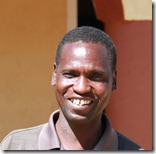
CMC Secretary
“There is a water problem in the community, but this center will bring water to the community that will help the community tremendously. The next dry season, the whole field will be green. Bringing the water should help the center become self-sustaining because we can grow crops year round.
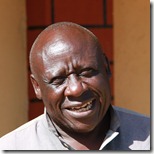
CMC member in charge of bursaries and scholarships
“Another thing that’s a problem is women who are HIV and AIDS victims. When their husbands die, they are kicked out of their homes by their husband’s families who blame them. These are the people who rent small rooms in markets. If we could make a home for them, we could be training them with skills and guidance and counseling and make them self-reliant.â€
LCRC Farm Attendant
“In my role as farm attendant, I’ve been able to act as a role model to my friends. It’s out of my commitment to my small farm that I have gotten this chance. Now my friends that I have been working with have also been motivated that anything you do, do like it’s as if you’re the only person in the field and you will get success in what you do. They are struggling because they don’t think you can make something out of nothing, but I’ve shown them that self-commitment can get you what you want.â€
LCRC Secretrary
â€As a woman, I believe the centre is going to help us so much. Most of the times we have been undermined by men, we have no say. At the center we are told that as a woman we are somebody. I can apply what we learned to improve the standard of living for my family and children. I can have money to send my children to school. It will be a very good way for raising my children because I’ll have no stress about having money and making sure they can get an education.â€
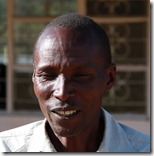
LCRC Caretaker
“I have enjoyed very much working at the centre. I have learned so many things, like farming, keeping poultry, and soil formation. I have learned conservation agriculture – new methods of farming that you can use so that they don’t spoil the land.â€
Teacher
“The center has helped the community. Such a center is rare and is usually very expensive. This one here is almost free! It can help so many people. In future most of the school dropouts can come here to learn new skills. It’s going to help a wide range of people of all ages who can’t get education through other means.â€
Class Leader
“At the centre, I’ve learned about farming as a business and to be a serious business farmer. The centre has given me competition that causes me to work harder to make a better farm. It has also made me busy because I know I have to work hard to keep ahead of the competition. It has also let me socialize with different people of different walks of life. And it’s made me eager to come to Canada!â€
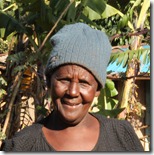
Mama Flora
“First impression for the women is when the girls came in August for the leadership training and what they learned has really changed the thinking of the women in the community. Most women thought that there was some specific work for women and specific work for men. Now, for example, you find there are more women than men learning at the centre. It’s really changing the attitude of the community towards women. Computer lessons and other such lessons, if the women can be given first priority to learn, it can change the community at large.â€
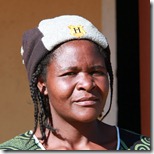
“After 5 years, I will complete my courses here I will be so different from what I am now. I will be exposed to much more, like computers. I would like to have a poultry project on our farm that will be a role model to the community and that will teach the community on how to benefit from poultry keeping. I will improve our farm by planting different types of crops and by having a water pump to get irrigation from the stream. Then I will have a very nice portion of land. I will get income to make machines to help irrigation.
Congratulations to LCRC and I encourage it to get a lot of computers so that everybody can learn skills and everybody can benefit from them. If in 3 days we’ve learned what we did with only a couple of computers, imagine what we could do if we had more!â€
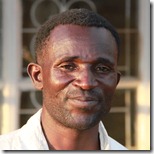
“There are so many other things to talk about. Not just myself but also for the whole community. I personally am so glad to have this centre that has connected me to so many people of the world and for getting friends from Canada. I’m also eager to visit Canada and to learn more from my friends in Canada. It has also changed my lifestyle and understanding towards different races and towards different people from different countries.
Your friends who read about the resource center are so welcome with their support and advice and to learn more through the Internet or by visiting the center personally. You are very highly welcomed.â€
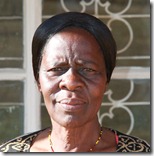
“At the centre, I have learned more about farming, cattle keeping, poultry keeping, and compost manure. I have changed because I used to not plant at the right time time, I was plowing very late, so I could not get enough food. Now I will plow early and plant in good time to get a good harvest. Because of what I have learned, I have to change.â€
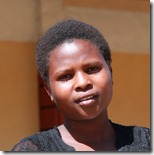
“I have learned about computers and I would like to be a computer engineer like Ryan. (Ed. note: good choice!) I would like to visit Canada and learn how they practice agriculture.â€
“I have also learned how to harvest water and how to open a Facebook account, how to use the Internet to learn about other countries; you ask questions and the answers just come!
I pray God to help those who organized this centre and I wish the centre to expand, teach more people, start computer lessons, and so much more. God bless you.â€
“Five years ahead, I want to learn more and advance even more in these areas. Even my own children should know that their mother can know this information better than them!â€
“I hope that the centre expands to help many of our community members gain knowledge on agriculture production and how to produce food and be self-sufficient. I hope it can provide basic education and expand basic amenities like access to clean water and a health center. I also hope that this centre will help the community strengthen its relationship between us and the Canadian people. We shall have a strong friendship – maybe some of us will come from this place and visit there!â€
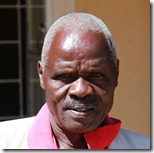
“My five year vision is to continue as a farmer. To have more students in this centre through my organization, to campaign to bring more students to the centre. For the centre to continue with its assistance to students.â€
